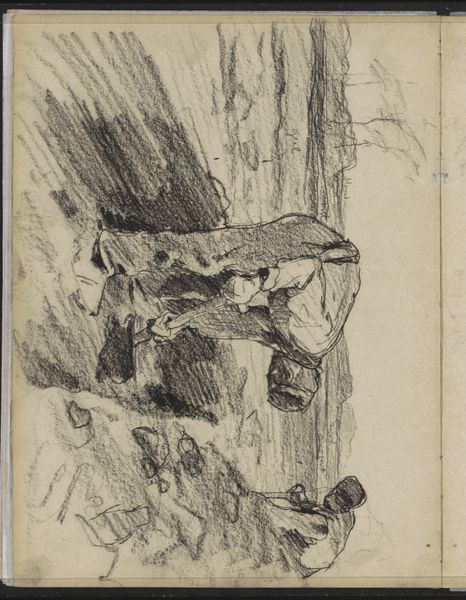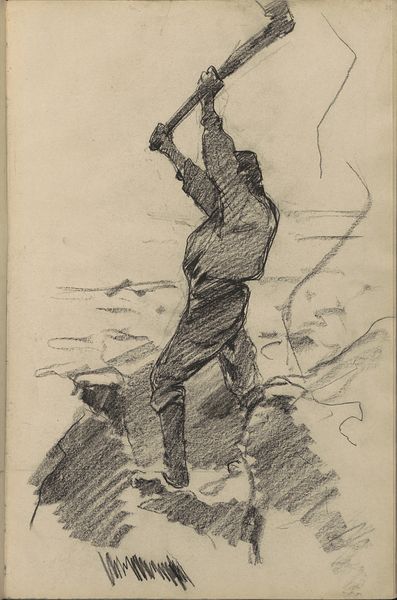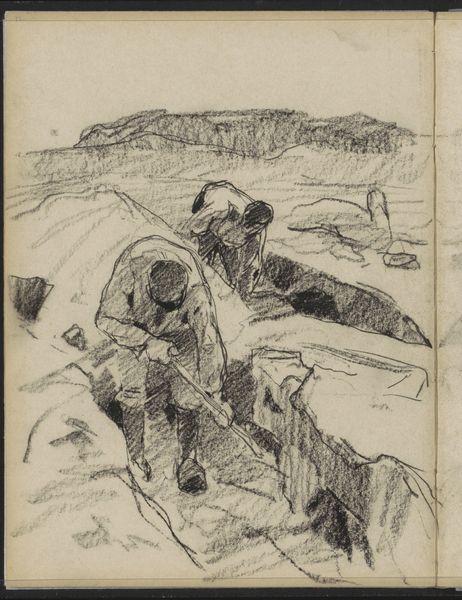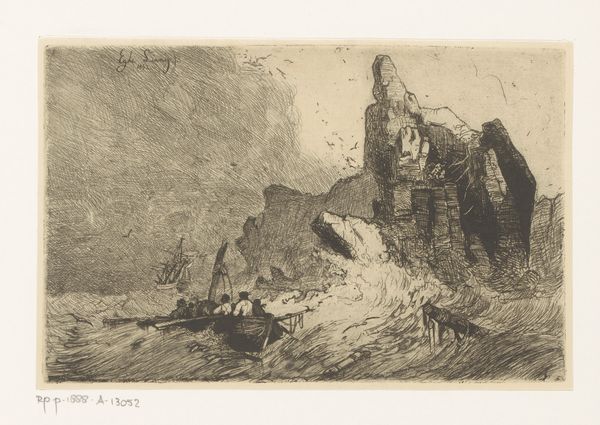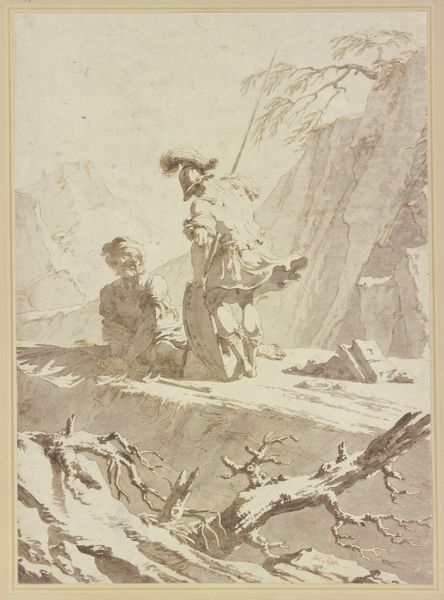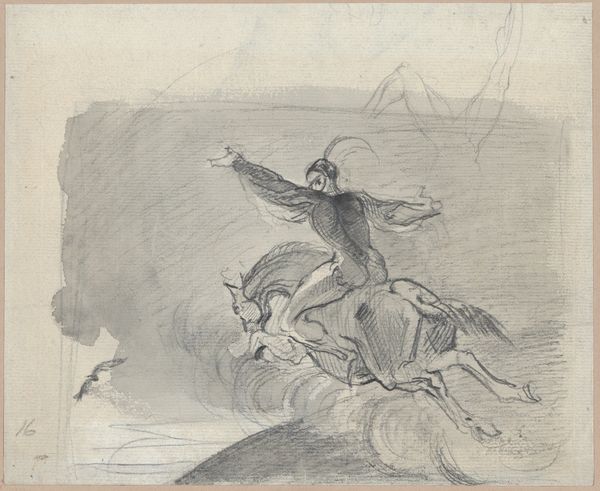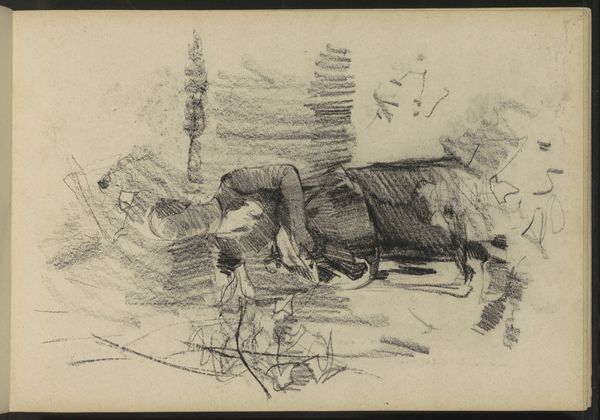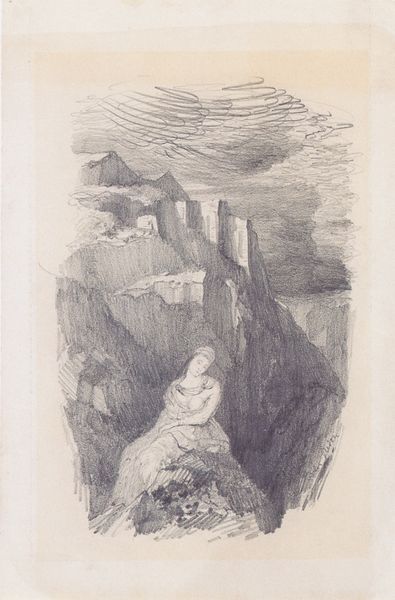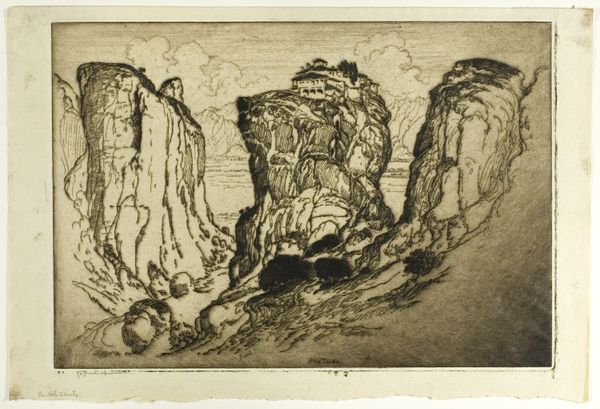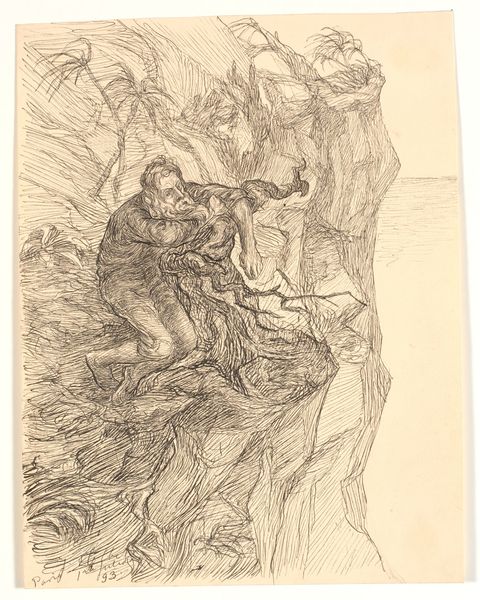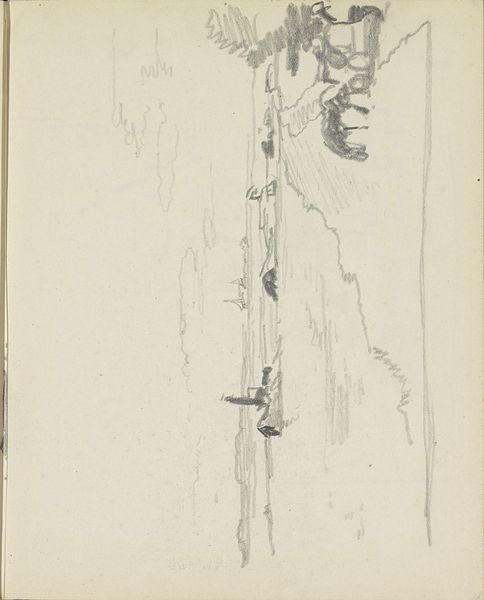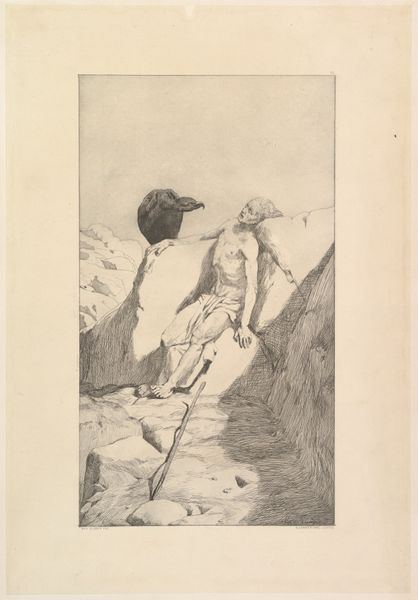
drawing, pencil, graphite
#
portrait
#
pencil drawn
#
drawing
#
impressionism
#
pencil sketch
#
pencil
#
graphite
#
pencil work
#
realism
Copyright: Rijks Museum: Open Domain
Editor: We're looking at "Boer of een heiwerker met een spade" - "Farmer or a pile driver with a spade" - by Willem Witsen, created around 1884 to 1887. It's a pencil drawing housed at the Rijksmuseum. It seems like a very rough sketch, almost like a study of form and light. What catches your eye in this work? Curator: Indeed. Ignoring any representational function, the drawing presents an intriguing study in contrasts. Note the interplay of light and shadow achieved through varying densities of graphite. How does the artist’s manipulation of tone guide your eye? Editor: I notice how the darker lines create a sense of depth around the figure, pushing the background further away. Is that contrast intended to highlight the laboriousness of the subject's work, perhaps? Curator: We can certainly interpret it that way, but purely from a formalist point of view, I would posit that the contrast in value is what creates a hierarchy within the composition. Notice, also, the texture achieved through different applications of the pencil. Does it contribute to a sense of movement, or perhaps, a lack thereof? Editor: It's interesting that you point out the different textures. The background seems almost frantic, whereas the figure seems more grounded, solid even. I see what you mean by the hierarchy in the work's composition now. Curator: Precisely. By deconstructing the image into its fundamental components – line, tone, texture – we begin to grasp how these elements work together to form a compelling image, regardless of its subject. What do you think you'll take away from that in approaching similar artworks in the future? Editor: This focus on the elements instead of immediate interpretation really helps to create some distance between myself and the image to allow for a deeper observation, and appreciate those techniques at play. Curator: It provides, does it not, a strong analytical toolset which we can bring to bear on diverse artworks from different traditions and periods. A useful practice to engage.
Comments
No comments
Be the first to comment and join the conversation on the ultimate creative platform.
